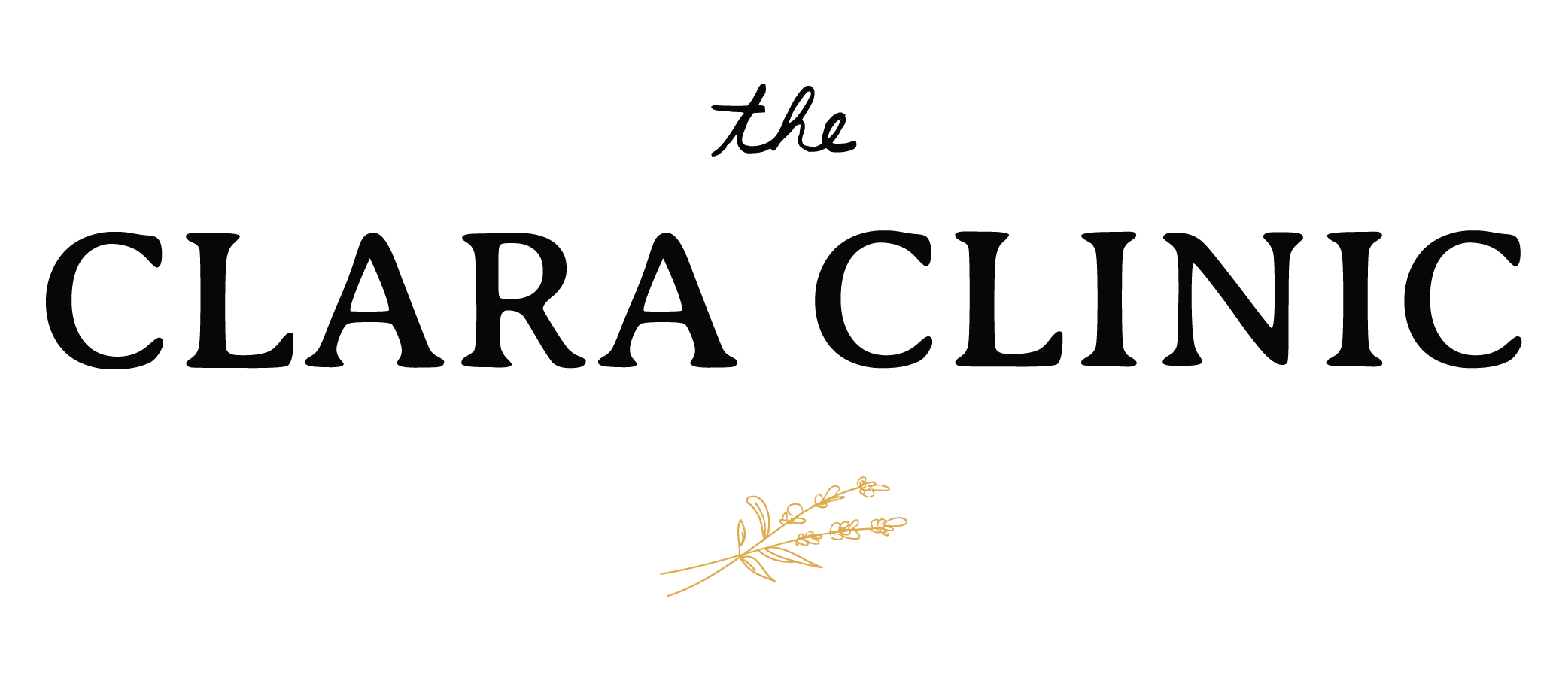How Environmental Exposures Impact Our Fertility
Studies have shown that infertility rates in Canada and the US have been on the rise in the past decades. Requests for assisted reproductive technologies (ART) such as IVF and fertility medications has increased significantly since the early 2000’s. The studies at the time showed an association between decreased fertility and advanced age in women.
It’s true that the average age at which people first become parents has increased in the past 3-4 decades from their mid- to late-20’s to their early 30’s. This shift in age also means that some are becoming first-time parents in their late 30’s and early 40’s. Many of the common reasons cited for delaying reproduction include pursuing higher education, establishing a career and gaining financial stability.
While previous conclusions placed a lot of pressure on the female’s health and age when it came to producing offspring, we now know that it takes two to tango and that the environmental health of both partners need to be taken into consideration.
Advanced Age & Environmental Toxicant Exposures
With aging comes a natural decline in fertility. In women, this comes with the decline of both number and quality of eggs and changes to ovulation. In males, it can result in a decline in sperm count and quality. Pregnancy in advanced age is associated with an increased risk of chromosomal abnormalities in the fetus as well as increased health risks such as gestational diabetes, pre-eclampsia and miscarriage.
Environmental exposures in the form of “toxicants” also play a role in infertility and increase the risk of negative outcomes in both the mother and the baby. The term “toxicants” is a general a widely-encompassing term used to describe chemical agents that have been introduced into the environment which may (often) result in negative effects to humans. They are often present in amounts and concentrations that do not cause immediate or obvious adverse effects.
There are a variety of ways that environmental toxicants can negatively affect fertility in both males and females. Effects include endocrine (hormone) and metabolic dysregulation, mitochondrial disruption, damage to DNA and RNA- which affects cellular and chromosomal replication, as well as negative effects on fetal viability, and development. Toxicant burden can also affect the success of ART outcomes and fetal development.
Another thing to remember is that as we age (i.e. the longer we exist) our toxicant burden increases due to repeated exposures over time. Both factors together can act synergistically to produce a number of challenges when trying to conceive.
What are some common sources of toxicant exposure?
Our daily activities encompass routines, habits, our occupations and our hobbies- all of which can bring different types and levels of exposures into our lives. Exposures and associated risks will vary between individuals due to differences in lifestyle, as well as genetics. For example, someone who has been working as a firefighter for decades will have higher exposures to more harmful chemicals than someone who has an office job in a newly constructed building. Or someone who likes to go on nature hikes as a frequent pastime will have a different risk profile compared to someone who restores antique furniture in their garage year-round.
More common daily exposures can involve pesticide residues found on non-organic produce, heavy metals such as mercury in large predator fish such as tuna, fluorinated hydrocarbons from non-stick Teflon®-coated cookware and spray-on stain- and weather-proofing (i.e. Scotchgard®). Bisphenol-A (BPA) and other bisphenols are found in receipts and plastic water bottles. Personal care products applied to skin, nails and hair can contain parabens, phthalates, and fragrances- which can also be inhaled. Household dust can contain particulates from vehicular exhaust, phthalates as well as the usual allergens of dust, dust mites, pollen, etc.
Is there anything that can be done to improve my chances & limit my toxicant exposure?
I strongly believe that there’s a lot that can be done to improve fertility even in the face of these challenges. It is important to get started early when it comes to fertility and general health optimization- both of which are inextricably linked.
Education around the realities of toxicant exposures (in general) can help to identify which ones are avoidable, as well as what can be implemented as safe(er) replacements if possible. In order to make this step more manageable, I will often recommend or provide some resources that patients can start with. Clinical and objective assessment of toxicant burden, as well as assessing the individual’s ability to detoxify and eliminate provides the framework and base of an individualized treatment plan for both partners.
It is advisable to work on fertility and health optimization for several months to a year before attempting to conceive, as it allows a wider range of therapies to be put to use that would otherwise be contraindicated in preconception and pregnancy.
A Final Word
If you suspect that toxicant exposure is impacting your ability to conceive, consulting with a health care provider and getting a comprehensive health history with appropriate lab work can help to determine your level of exposure risk as well as formulating next steps.
If you have any other questions regarding toxicant exposure and how Naturopathic Medicine can help, please feel free to reach out and book an appointment or a complementary meet-and-greet!
Ready to make a change?
If you’re ready to speak to a Naturopathic Doctor about possible toxicant & environmental exposures, you can book a complimentary consult with us here.
Yours in health,
Dr. Marillea Yu, ND


